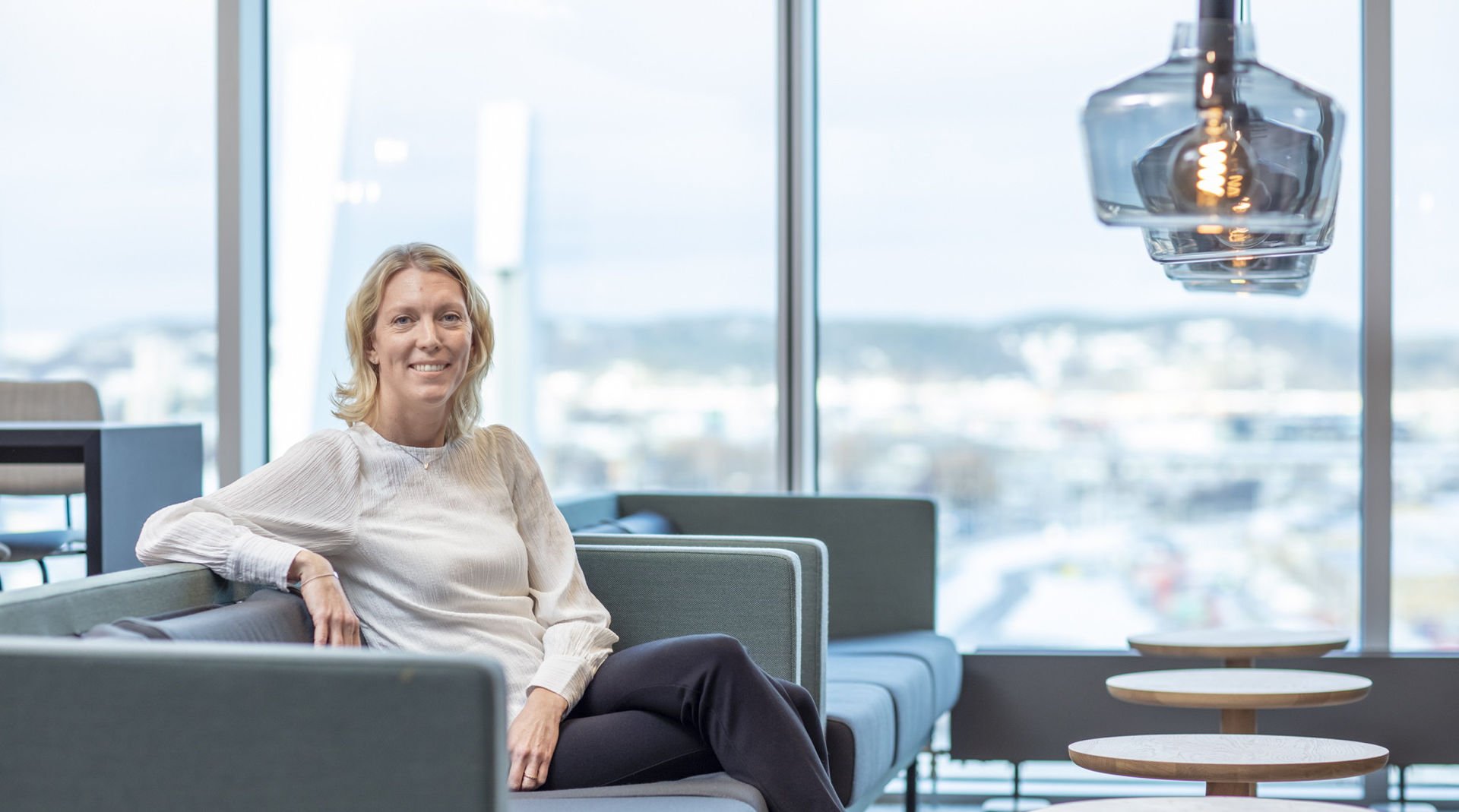THE HUNT FOR CARBON DIOXIDE – TIME TO STEP IT UP
11.12.2023
In Sweden, several carbon dioxide capture projects are being tested and developed. But we need to speed up the journey towards using the technology on a large scale. It is time to step up the pace and shift into a higher gear.
We need large-scale carbon capture as one of the measures to prevent the climate crisis and, according to the Paris Agreement, limit global warming to 1.5 °C. Over the next 20 years, Sweden has the potential to capture ten million tonnes of carbon dioxide annually, stemming from the burning of bioresources*. This would be equivalent to almost a quarter of our total carbon dioxide emissions in 2022. So, while the potential for carbon capture is great, the development is not fast enough.
In the starting blocks
The technology required for carbon capture already exists, and the process largely relies on conventional technology already used in the industry. The challenge lies in doing it on a much larger scale, which places new demands on equipment suppliers and makes the construction phase of the plants challenging. Development is also taking place to make the process more energy efficient, for example, by increasing internal heat recovery and improving the solvents that bind the carbon dioxide.
“We are still in the starting blocks when it comes to capturing carbon dioxide. In Sweden, several feasibility studies and projects are in the early stages of the design process. Only a few players have decided to invest in capturing carbon dioxide from their plants on a large scale,” says Anna Berggren, senior market- and sustainability director at COWI in Sweden.
In our neighbourhood, there is a project for final storage of carbon dioxide in the bedrock, Northern Lights, located outside Bergen in Norway. Starting in 2025, carbon dioxide will be pumped into a geological formation from a land-based facility. However, there is a growing demand for numerous facilities of similar or larger scale in the coming decade.
Uncertain funding
So, what other barriers exist? Facilities will need new environmental licences and ensuring that these processes go smoothly is crucial. Today, the outlook for business opportunities in carbon capture and storage (CCS) and carbon capture and utilisation (CCU) is highly uncertain. The initiative means higher construction costs and energy consumption, with uncertainty surrounding both the regulatory framework and financing opportunities.
Preliminary studies in municipal energy companies or private industrial companies are usually co-financed by the Swedish Energy Agency through what is known as ‘Industriklivet’. More advanced projects can also receive support from the Swedish Energy Agency or the EU Innovation Fund. “But we will need private financiers who want to help us achieve large-scale carbon dioxide capture,” says Anna Berggren.
At the same time, new models are being created to incentivise investment in CCS and CCU. One way is to finance projects by paying for the collected carbon dioxide. Rather than selling emission rights, the captured carbon dioxide becomes a source of income. This development is also expected to accelerate with the EU’s ‘Fit for 55’ climate package.

Key player in the development
COWI is at the forefront of this development, and our expertise is helping several customers on their path towards large-scale carbon capture. A few examples include:
- We have helped Skellefteå Kraft evaluate how CCS technology can be integrated into their largest combined heat and power (CHP) plant that runs on bark, sawdust, and other forest residues from local sawmills.
- We are an essential part of the ongoing preliminary work in Stockholm Exergi’s implementation of CCS technology at Värtaverket. The goal of the initiative is to capture and store an amount of carbon dioxide each year equivalent to the annual emissions from all cars in the city of Stockholm.
- We contributed to a feasibility study for CinfraCap, a unique collaboration between the Port of Gothenburg, Preem, St1, Göteborg Energi, Nordion Energi and Renova. It investigated technical solutions for transporting two million tonnes of captured carbon dioxide per year from the energy companies’ facilities to the quay in the port.
“We help organisations that would otherwise not work with this type of technology with valuable specialist expertise in CCS. We also have the broad expertise needed to run large industrial projects in everything from permit management to design and project management. Today, COWI is a key player in designing plants for carbon dioxide capture,” says Anna Berggren.
COWI is part of several CCS projects, and in a series of articles, we delve into the subject with the help of Anna Berggren, senior market- and sustainability director at COWI in Sweden.
Do not miss parts 1 and 2 of the series:
> The hunt for co₂ - the key to the green transition
> Chasing co₂ - one molecule at a time
*Source: The road to a climate-positive future, SOU 2020:4, page 319.
Get in contact

Anna Berggren
Senior Market Director
Business Development, Sweden
Tel:
+46 108501574
anbg@cowi.com